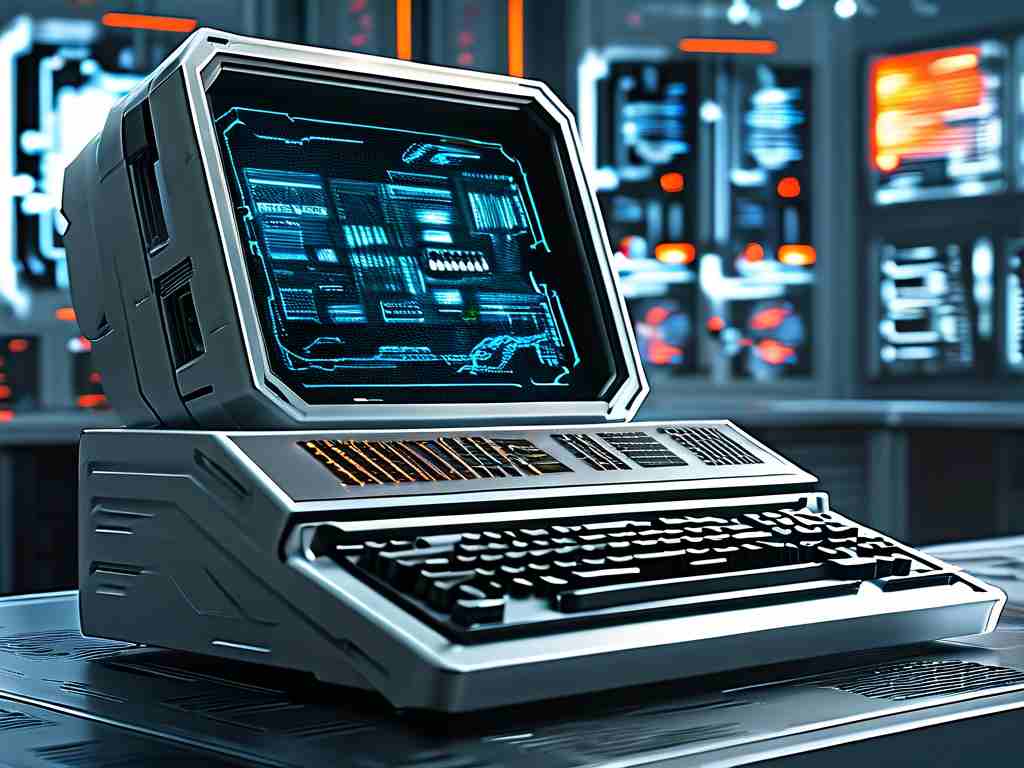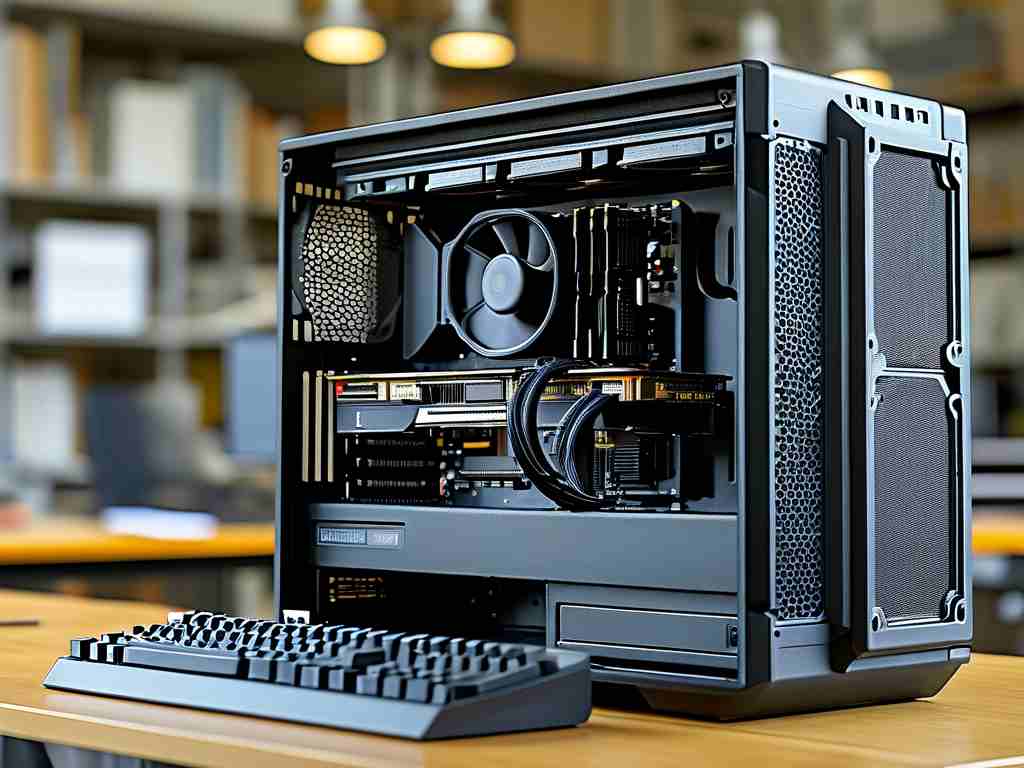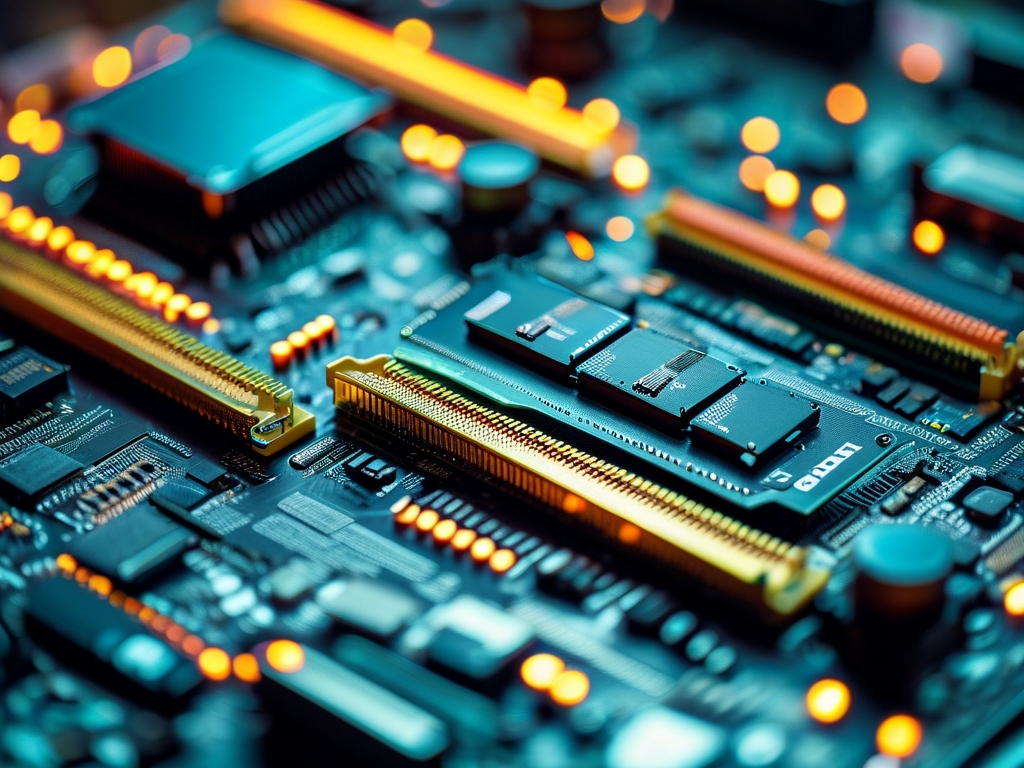The question "How much memory do supercomputers have?" reveals fascinating insights into the evolving landscape of high-performance computing. Unlike consumer-grade devices, these engineering marvels push the boundaries of computational power, with memory architectures playing a pivotal role in their capabilities. Let’s dissect this topic through technical, practical, and forward-looking perspectives.

Memory Scale in Modern Supercomputers
Today’s leading supercomputers, such as Frontier (Oak Ridge National Laboratory) and Fugaku (RIKEN Center), feature memory capacities measured in petabytes. For context, 1 petabyte (PB) equals 1 million gigabytes. Frontier’s Exascale system integrates over 9.2 PB of DDR4 and HBM memory across its 8,699 AMD-powered nodes. This distributed memory architecture allows parallel processing of massive datasets for applications like nuclear fusion simulations and genomic research.
However, memory capacity alone doesn’t define performance. Bandwidth, latency, and memory hierarchy – including cache layers and storage-tier optimizations – critically influence real-world efficiency. Fugaku, for instance, employs a unique 32GB/s bandwidth per node using HBM2 stacks, enabling rapid data access for its 7.3 million cores.
Technical Challenges in Memory Design
Designing memory systems for supercomputers involves balancing three conflicting priorities: capacity, speed, and energy efficiency. Volatile memory (DRAM) offers low latency but requires constant power, while non-volatile alternatives like 3D XPoint provide persistence at the cost of slower write cycles. Hybrid approaches, such as Fujitsu’s A64FX processor in Fugaku, combine on-chip HBM with external DDR interfaces to optimize both throughput and capacity.
Thermal management further complicates these designs. High-density memory modules generate significant heat, necessitating liquid cooling solutions in systems like LUMI (EuroHPC). A single rack in LUMI’s 375-petaflop setup consumes 1.2 MW of power, with 30% dedicated to cooling its Samsung DDR5 modules.
Real-World Applications Driving Memory Demands
- Climate Modeling: Earth system models require ~4 PB of memory to simulate century-scale climate patterns at 1km resolution.
- Quantum Chemistry: Molecular dynamics simulations track billions of atomic interactions, demanding sub-nanosecond memory access times.
- AI Training: Large language models like GPT-4 utilize supercomputer clusters with specialized memory configurations for parameter optimization.
A 2023 study by the TOP500 organization revealed that 68% of operational supercomputers now allocate over 40% of their physical footprint to memory subsystems, up from 52% in 2020. This trend underscores memory’s growing role in computational workflows.
Future Directions in Supercomputer Memory
Emerging technologies promise to reshape supercomputer memory architectures:
- Photonics-Based Memory: Experimental systems using light for data transfer achieve 200 Gb/s per channel with 5x lower power consumption.
- Compute-in-Memory Chips: Samsung’s HBM-PIM prototype integrates processing units within memory stacks, reducing data movement energy by 70%.
- DNA Storage: While still experimental, Microsoft’s Project Silica demonstrates archival storage densities of 1 exabyte per cubic inch.
As we approach the zettascale era (1,000 exaflops), memory systems will likely adopt heterogeneous architectures combining traditional DRAM, emerging non-volatile technologies, and quantum-assisted caching layers. The U.S. Department of Energy’s 2025 roadmap anticipates supercomputers with 200+ PB of addressable memory, capable of handling exabyte-scale datasets for full-city digital twin simulations.
The memory capacity of supercomputers – currently peaking at ~10 PB – represents just one facet of these systems’ capabilities. What truly matters is how effectively memory subsystems integrate with processors, networks, and software stacks to solve humanity’s grand challenges. As hardware engineer Dr. Lisa Su recently stated: "The next breakthrough won’t come from raw capacity, but from smarter memory architectures that understand computational intent." This philosophy will guide supercomputer evolution through the 2030s and beyond.





